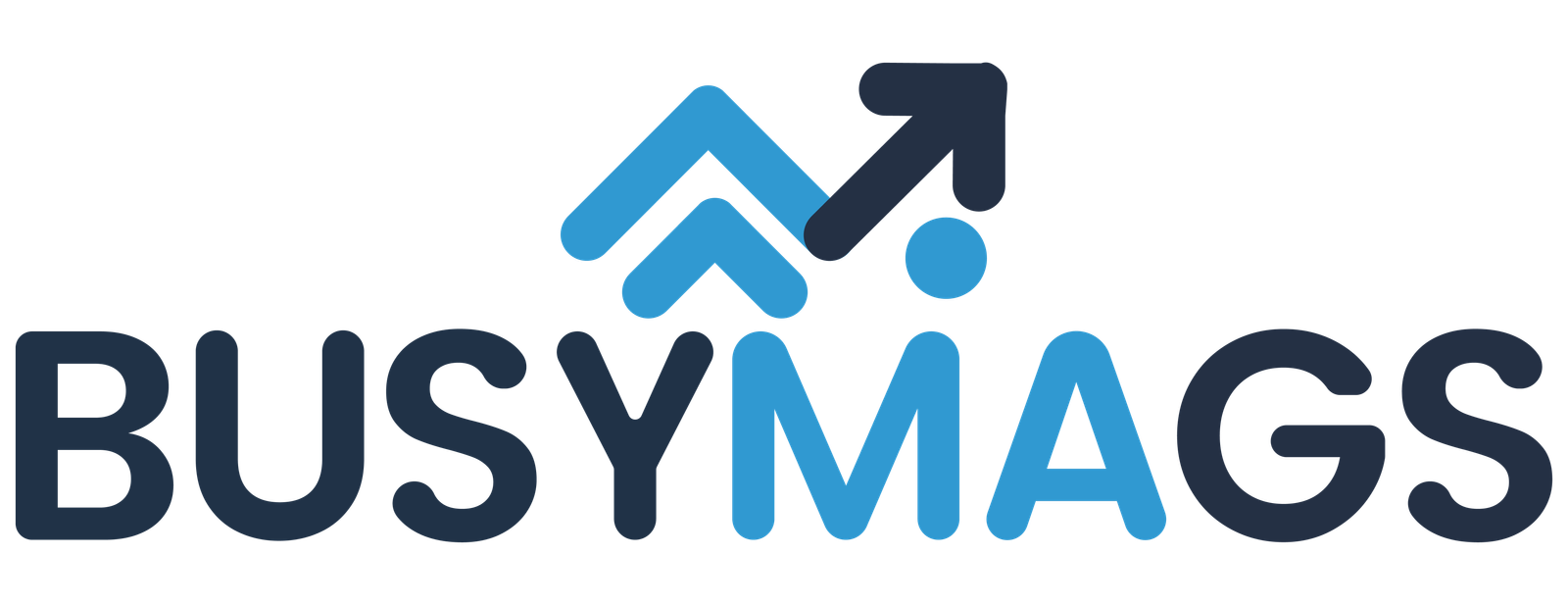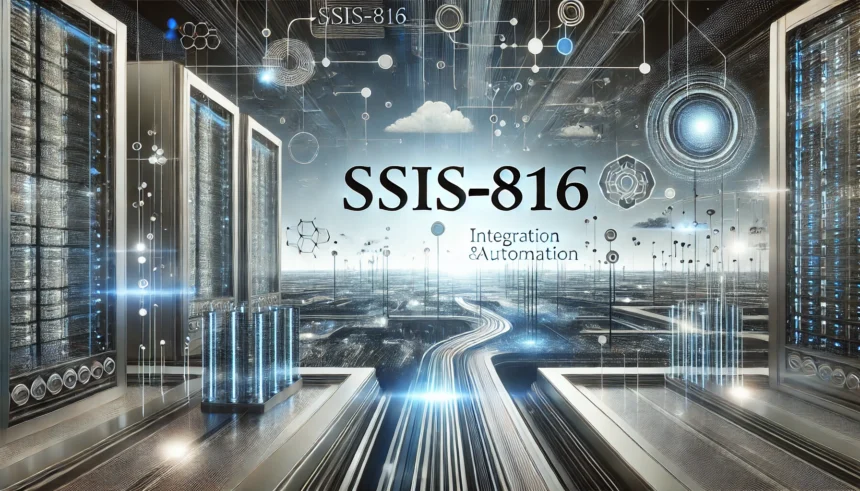In today’s data-driven world, managing and integrating data efficiently is more critical than ever. Microsoft’s SQL Server Integration Services (SSIS) has long been a trusted solution for businesses worldwide. The 2016 version, often referred to as SSIS-816, introduced several enhancements that make it a standout choice for enterprises seeking powerful data integration capabilities. Let’s dive into what makes SSIS816 unique and how it can transform your data workflows.
What is SSIS-816?
SSIS-816 is a term commonly used to describe the 2016 version of SQL Server Integration Services, Microsoft’s enterprise data integration platform. Released at the end of 2016, this version brought significant improvements in performance, scalability, and user-friendliness, making it an essential tool for businesses handling complex data workflows.
SSIS816 simplifies the process of extracting, transforming, and loading (ETL) data, enabling seamless integration between various data sources, whether on-premises or in the cloud.
Key Features of SSIS-816
Enhanced Performance
The 2016 version of SSIS boasts faster data processing speeds and optimized workflows.
Improvements to the data flow engine ensure that even large-scale data migrations happen efficiently.
Improved Scalability
SSIS-816 is designed to handle massive datasets with ease, making it ideal for enterprise-level projects.
Features like incremental load processes help businesses manage data growth effectively.
User-Friendly Design
The updated interface allows for simpler design and debugging of ETL processes.
Integration with tools like Power BI and Azure makes data visualization and storage seamless.
New Functionalities
Introduction of Control Flow templates to standardize workflows.
Added support for JSON data sources and big data platforms like Hadoop, making SSIS816 a versatile solution for modern businesses.
Benefits of Using SSIS-816
Cost Efficiency:
Automating data workflows reduces manual labor and associated costs.
Simplified ETL Processes:
Drag-and-drop functionality and pre-built templates make creating workflows intuitive.
Wide Compatibility:
Works with a broad range of data platforms, including SQL Server, Oracle, and cloud-based solutions.
Enterprise-Ready:
Scalable and secure, it’s perfect for large organizations handling sensitive data.
How SSIS-816 Stands Out from Previous Versions
SSIS-816 builds on the strengths of its predecessors while addressing their limitations. Here are some key improvements:
Performance Boosts: Faster execution of ETL tasks compared to the 2012 and 2014 versions.
Modern Data Compatibility: Expanded support for JSON, Hadoop, and other contemporary data formats.
Better Workflow Management: The introduction of reusable templates streamlines repetitive tasks, saving time and effort.
Use Cases for SSIS-816
SSIS-816 can be applied in numerous real-world scenarios, such as:
Data Migration: Seamlessly moving data between on-premises servers and cloud platforms.
Data Warehousing: Consolidating data from multiple sources into a centralized repository.
Automation: Scheduling routine data tasks like backups and updates.
How to Get Started with SSIS-816
Step-by-Step Setup Guide:
System Requirements: Ensure your system meets the prerequisites for installing SQL Server 2016.
Installation: Download and install the SQL Server 2016 suite, including the SSIS component.
Configuration: Use the SSIS Designer in SQL Server Data Tools (SSDT) to create and manage ETL workflows.
Resources to Learn More:
Microsoft’s official SSIS documentation.
Online tutorials and community forums for troubleshooting and advanced tips.
Common Challenges and Solutions
Even with its advanced features, users may face challenges when using SSIS816. Here are some common issues and their fixes:
Performance Bottlenecks: Optimize data flow tasks by using partitioning and parallel execution.
Error Handling: Utilize built-in logging and event handlers to debug issues efficiently.
Compatibility Issues: Ensure that all data sources and destinations are properly configured to avoid conflicts.
Conclusion
SSIS-816 is more than just a data integration tool; it’s a game-changer for businesses looking to streamline their data workflows. With its enhanced performance, scalability, and user-friendly design, it addresses the needs of modern enterprises while staying accessible to smaller organizations. Whether you’re automating tasks, migrating data, or building a data warehouse, SSIS816 offers the reliability and flexibility you need.
Frequently Asked Questions (FAQs)
What is SSIS-816?
SSIS-816 refers to the 2016 version of SQL Server Integration Services, a powerful data integration tool by Microsoft.
Why should I upgrade to SSIS-816?
SSIS816 offers faster performance, enhanced scalability, and support for modern data platforms like JSON and Hadoop.
Does SSIS-816 support cloud integration?
Yes, it seamlessly integrates with cloud platforms like Azure, AWS, and Google Cloud.
Is SSIS-816 beginner-friendly?
Absolutely! Its user-friendly interface and pre-built templates make it accessible even for newcomers.
Can SSIS-816 handle large datasets?
Yes, it’s designed to manage massive datasets efficiently, making it ideal for enterprise-level data workflows.
Recommended Article:






